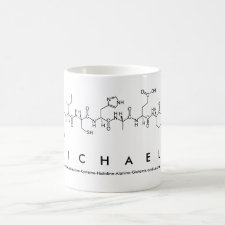
Authors: Lübke M, Whitcombe MJ, Vulfson EN
Article Title: A novel approach to the molecular imprinting of polychlorinated aromatic compounds.
Publication date: 1998
Journal: Journal of the American Chemical Society
Volume: 120
Issue: (51)
Page numbers: 13342-13348.
DOI: 10.1021/ja9818295
Abstract: The aim of this investigation was to determine whether relatively weak interactions, such as hydrogen bonds to aromatic chlorine atoms and interactions involving aromatic pi electrons could be exploited within artificial receptors, constructed using the technique of molecular imprinting. For the purposes of this investigation we chose 2,3,7,8-tetrachlorodibenzodioxin (TCDD)as the model target. Imprinted polymers have been prepared with two new templates designed to create recognition sites for TCDD. The first of these, the bis-N-(4- vinylphenyl)urea derivative of 2,8-dichloro-3,7-diaminodibenzodioxin, employed a carbonyl spacer to introduce aromatic amines into the polymer after reductive cleavage of the template. The second, N-(2- (3,7,8-trichlorodibenzodioxinyl))-2-methacryloyloxybenzamide, incorporated a salicylic acid spacer and introduced a methacrylic acid residue into the polymer following hydrolysis. Both amine and acid groups were positioned in such a way as to interact with TCDD through the formation of weak hydrogen bonds to aromatic chlorine atoms. A second recognition element was introduced into the binding sites by the inclusion of a polymerizable, electron-rich, aromatic ether capable of forming pi-pi interactions with the electron- deficient dioxin molecule. Polymers imprinted with either template showed significantly higher uptake of TCDD than the corresponding nonimprinted controls, even at concentrations as low as 2 nM



Join the Society for Molecular Imprinting

New items RSS feed
Sign-up for e-mail updates:
Choose between receiving an occasional newsletter or more frequent e-mail alerts.
Click here to go to the sign-up page.
Is your name elemental or peptidic? Enter your name and find out by clicking either of the buttons below!
Other products you may like:
 MIPdatabase
MIPdatabase









